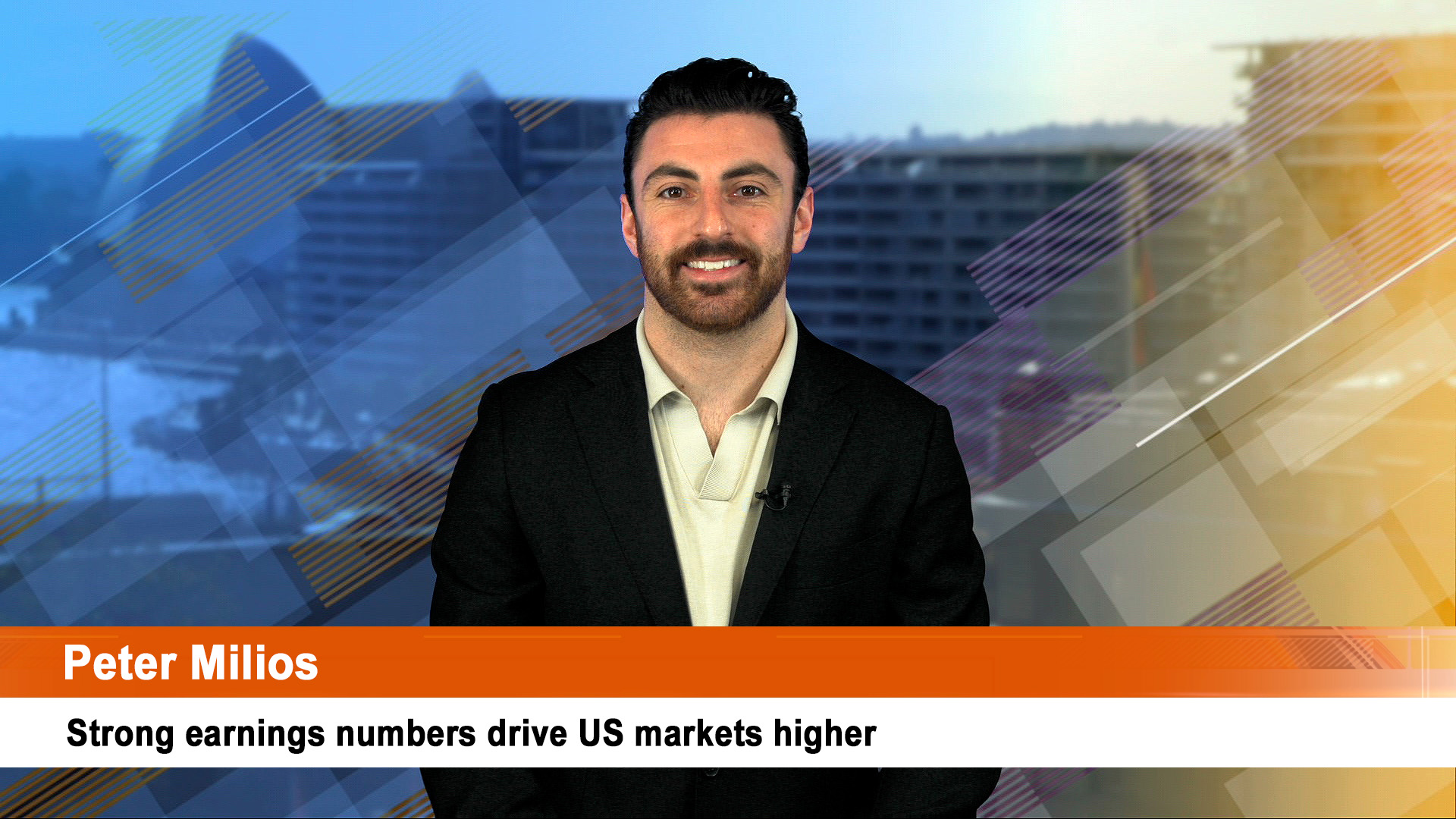Thanks to all that easy cash from the Fed and the stimulus spending of the Trump and Biden administrations, Wall Street ended June and the first half of 2021 with a big fat smile on its dial and billions of dollars in profits.
The S&P 500 ended at a record high on the final day of June to finish a strong first half of the year for Wall Street. The index had its best first half since 2019.
The Dow rose about 210 points to end at 34,502.51. The S&P 500 nudged up 0.1% to 4,297.50 for its fifth-straight record close. The Nasdaq though weakened, slipping 0.2% to 14,503.95.
Wednesday was the last day of the second quarter and final day of the first half of 2021. The S&P 500 was up 14.4% year to date, while the Nasdaq and the Dow have jumped more than 12%.
For the quarter, the S&P 500 climbed 8.2%, the Dow was up a sedate 4.6% and the Nasdaq jumped 9.5%.
The S&P 500’s 14.4% rise in the six months to June was the strongest performance since 1998 and the early months of the final surge in the net and tech boom and then wreck.
For June, the S&P 500 saw its fifth consecutive advance, rising 2.21%, while the Dow saw its four-month winning streak end with a fall of just 0.28%.
The Nasdaq though shook off the switch to value stocks and jumped 5.45% as investors plunged back into computer chip stocks and others in the tech sector on those shortages that have hit the auto, electronics and home entertainment sectors.
In Europe, the STOXX 600 index lost ground on Wednesday, but was up more than 25% over the year, 13.5% year to date (close to the S&P 500’s strong performance and ahead of the ASX 200’s 11% rise).
The STOXX rose 5.4% in the quarter but less than 1% in June.
In Australia, Australia’s solid performance stood out compared to the Nikkei in Japan, the Hang Seng in Hong Kong and the Shanghai market.
While the Australian market rose 11% in the six months to June the Nikkei could only manage a gain of 4.9%. The Hang Seng is up only 5.8% and the Shanghai market bhas edged up just 3.4%.
Japan’s weakness is due to the uncertainty about Covid and the impact on the Olympics, as well as the damage the computer chip shortage is doing to its hi-tech exports, especially motor vehicles and electronic goods.
The weaker performances in Hong Kong and Shanghai are directly linked to the oppressive crackdown in Hong Kong by the Chinese government and its security forces which has been marked by attacks on the media and business people.
In China itself the Communist Party government is directing moves to control the country’s one fast growing tech sector, especially the internet and companies like Tik Tok, Alibaba and business leaders like Jack Ma.
The government has also tightened credit flows, attacked the growth of bitcoin and crypto mining (China was the world centre for mining up to May) and launched moves to control speculation in industrial commodities like copper, lead, zinc and iron ore (but not gold).
Not helping investor sentiment has been the slow easing in the pace of economic activity in China and high producer price inflation which is not being passed on by manufacturers.













